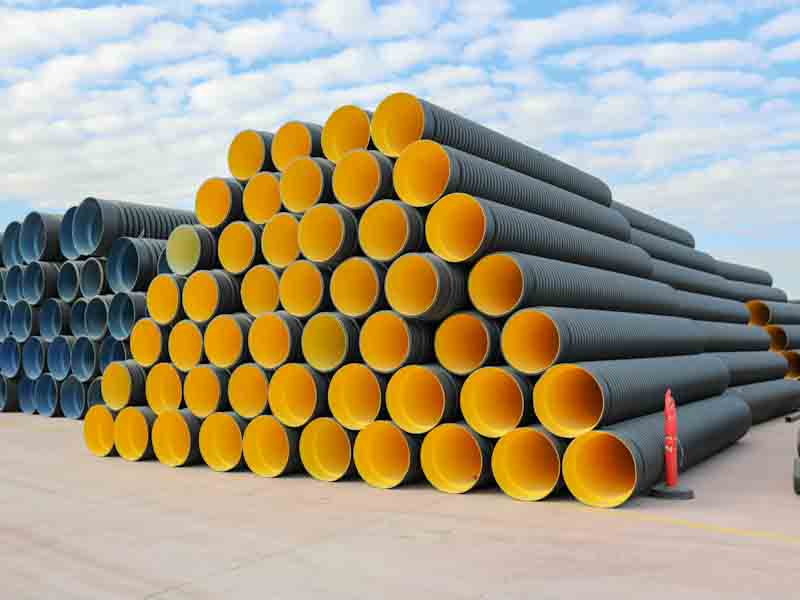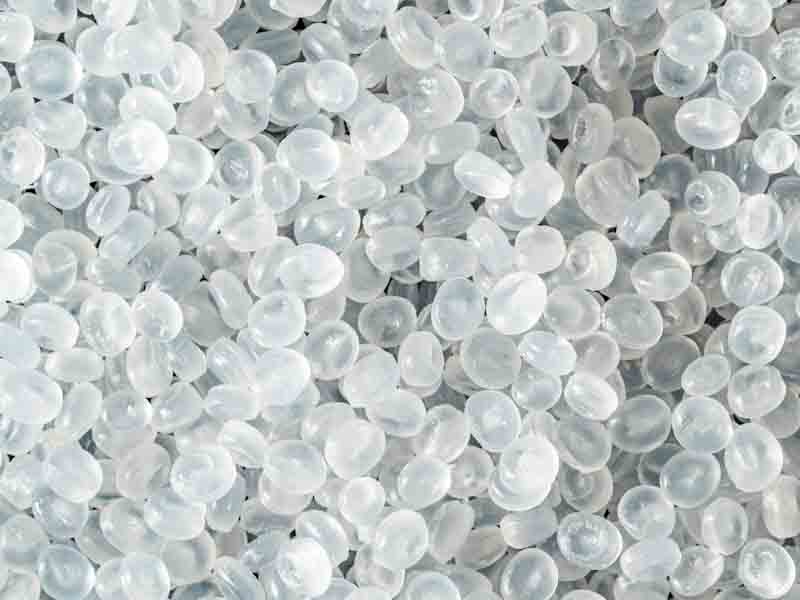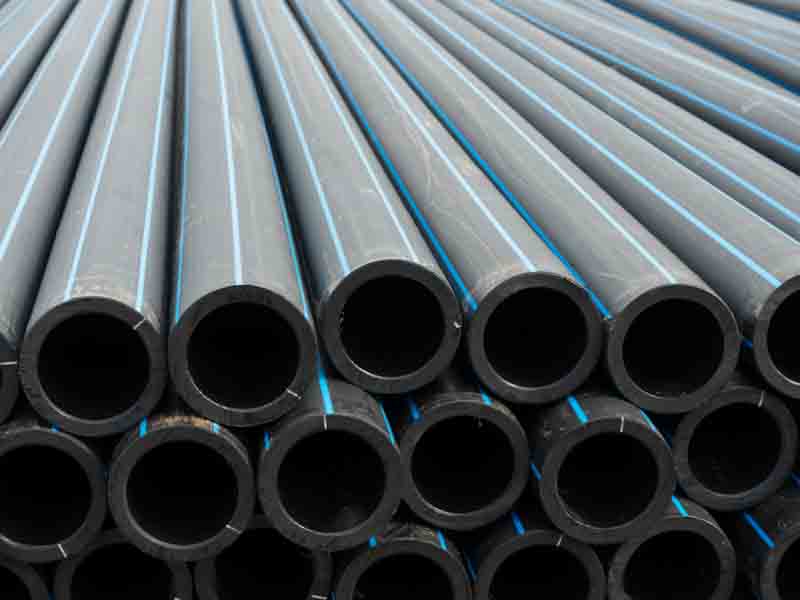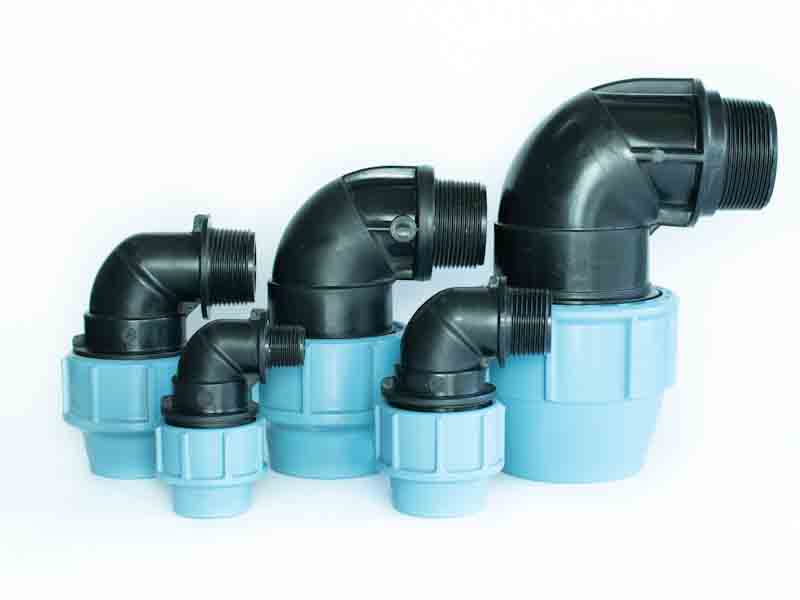Mow Strip for Fences
FREE SHIPPING
Looking for a better mow line for your fence? We have a flexible and customizable mow strip for fences that is available in thicknesses of 40 mil, 60 mil and 80 mil (a mil is a 1,000th of an inch). The plastic is made from 100% High-density polyethylene (HDPE) and is resistant to insect and rodent damage, will not rot/mildew.
The mow strip is installed flat under the fence to give a clean mow line and help prevent weed growth. at the fence. Most customer choose the 18” option and then cut to fit onsite to have the most material to work and customize to their fence line and surrounding objects.
They are available in black widths of 10” and 18”. The mow strip is proudly made in the USA and typically ships within one business day from Kansas City, MO.
Material Thickness:
40 mil = 3/64”
60 mil = 1/16”
80 mil = 5/64”




















